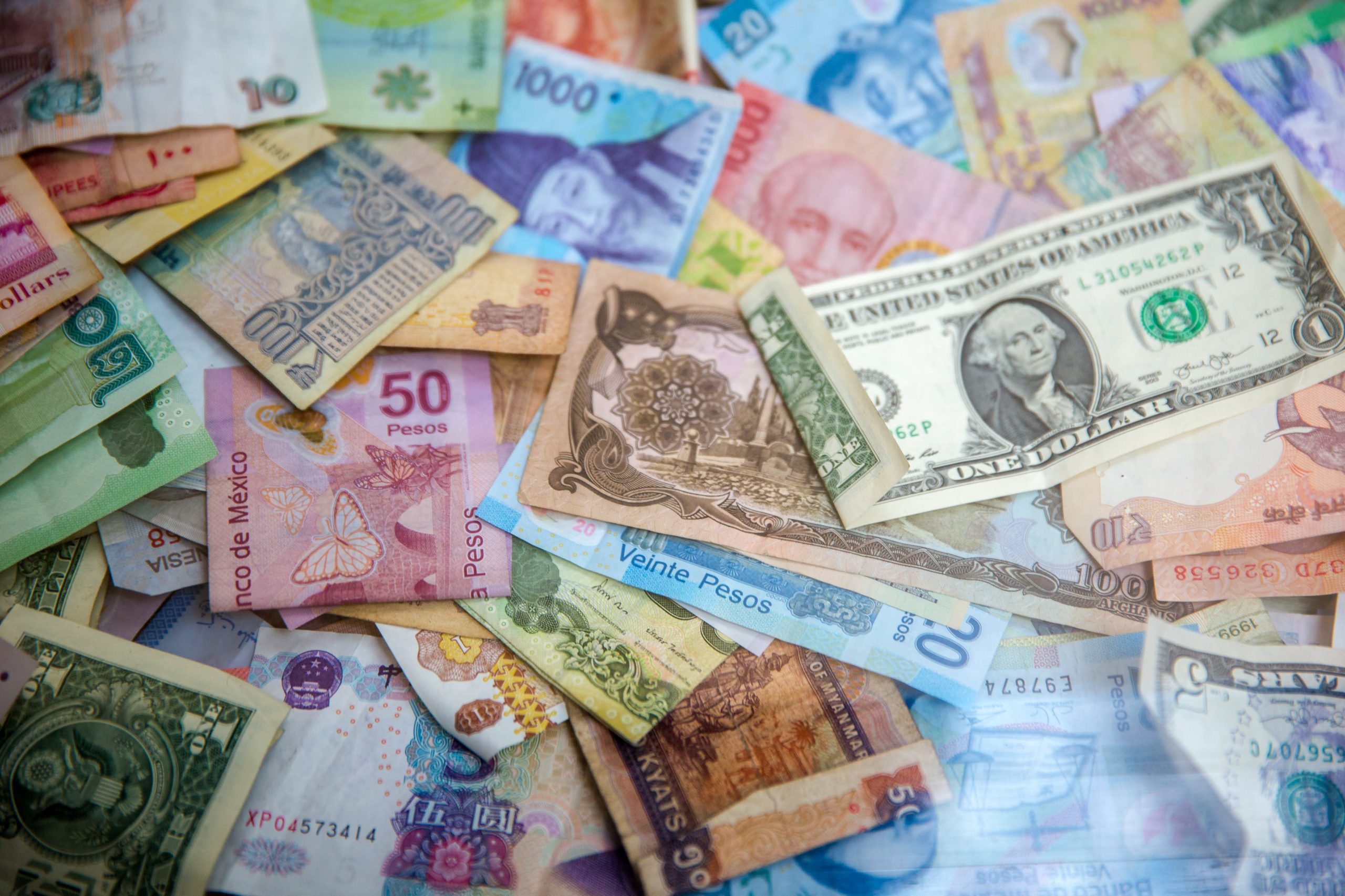In the Gaza Strip, amidst the ongoing challenges of conflict and economic instability, the cost of basic goods has reached unprecedented levels. One of the most striking examples of this is the staggering price of a single cigarette, which has soared to $20. This exorbitant price is a stark reflection of the dire economic situation faced by the residents of Gaza, where poverty rates are high, and access to essential goods is increasingly limited.
The Economic Context in Gaza

Gaza has long been grappling with economic challenges, exacerbated by political tensions and conflict in the region. The enclave, home to nearly two million people, has faced a blockade imposed by Israel and Egypt since 2007, severely restricting the movement of goods and people in and out of the territory. This blockade has had a devastating impact on Gaza’s economy, contributing to high unemployment rates and widespread poverty.
Rising Prices of Basic Goods
In recent years, the cost of living in Gaza has soared, with prices for essential goods skyrocketing. Basic necessities such as food, medicine, and fuel have become increasingly unaffordable for many residents. The situation has been further compounded by the COVID-19 pandemic, which has led to additional economic strain and job losses.
The $20 Cigarette
Amidst this economic turmoil, the price of a single cigarette in Gaza has reached an astonishing $20. This steep increase is attributed to a combination of factors, including scarcity of goods due to the blockade, high taxes imposed by authorities, and a thriving black market. For many Palestinians in Gaza, where the average monthly income is far below the poverty line, purchasing even a single cigarette at such a price is simply out of reach.
Impact on Public Health
The exorbitant price of cigarettes not only reflects economic hardship but also has significant implications for public health. With cigarettes priced beyond the means of most residents, there is a risk that individuals may turn to cheaper, lower quality tobacco products or illicit alternatives, potentially exacerbating health problems in the community. Moreover, the inability to afford cigarettes may lead to withdrawal symptoms and increased stress among smokers already facing challenging circumstances.
Efforts to Alleviate Economic Hardship
Despite the formidable challenges, there have been efforts to mitigate the economic hardship in Gaza. Humanitarian organizations and international aid agencies have provided assistance in the form of food aid, medical supplies, and development projects aimed at creating employment opportunities. However, these efforts have been hampered by the ongoing conflict and restrictions on the movement of goods and people, highlighting the need for a comprehensive and sustainable approach to address the underlying issues.
Calls for International Action
The plight of Gaza’s residents, including the staggering price of a single cigarette, underscores the urgent need for international action to address the root causes of the economic crisis. Calls for lifting the blockade and easing restrictions on the movement of goods and people have been reiterated by humanitarian organizations and concerned stakeholders. Additionally, there is a need for increased humanitarian aid and development assistance to support the population and rebuild the economy. Without concerted international efforts to address the economic challenges facing Gaza, the situation is likely to worsen, further exacerbating the suffering of its residents.
Comparative Analysis
| Factors | Gaza | Other regions |
|---|---|---|
| Economic Situation | Severely impacted by blockade and conflict. High poverty rates. | Economic stability varies, but generally more favorable conditions. |
| Price of Basic Goods | Exorbitantly high, with prices for essential items beyond the reach of many residents. | Prices may be high in certain areas, but generally more affordable compared to Gaza. |
| Cigarette Prices | A single cigarette costs $20, reflecting the extreme economic challenges faced by residents. | Cigarette prices may vary but are significantly lower than $20 in most regions. |
| Impact on Public Health | High prices may lead to the use of cheaper, lower quality tobacco products or illicit alternatives. | Health implications may vary, but affordability of cigarettes generally does not pose as extreme a challenge. |
Conclusion
The soaring price of a single cigarettes in Gaza, priced at $20, is emblematic of the profound economic struggles faced by residents of the enclave. With basic goods becoming increasingly unaffordable and economic opportunities scarce, the situation in Gaza underscores the urgent need for sustainable solutions to alleviate poverty and address the root causes of economic instability. Until meaningful steps are taken to address these challenges, the people of Gaza will continue to bear the brunt of the ongoing humanitarian crisis.











